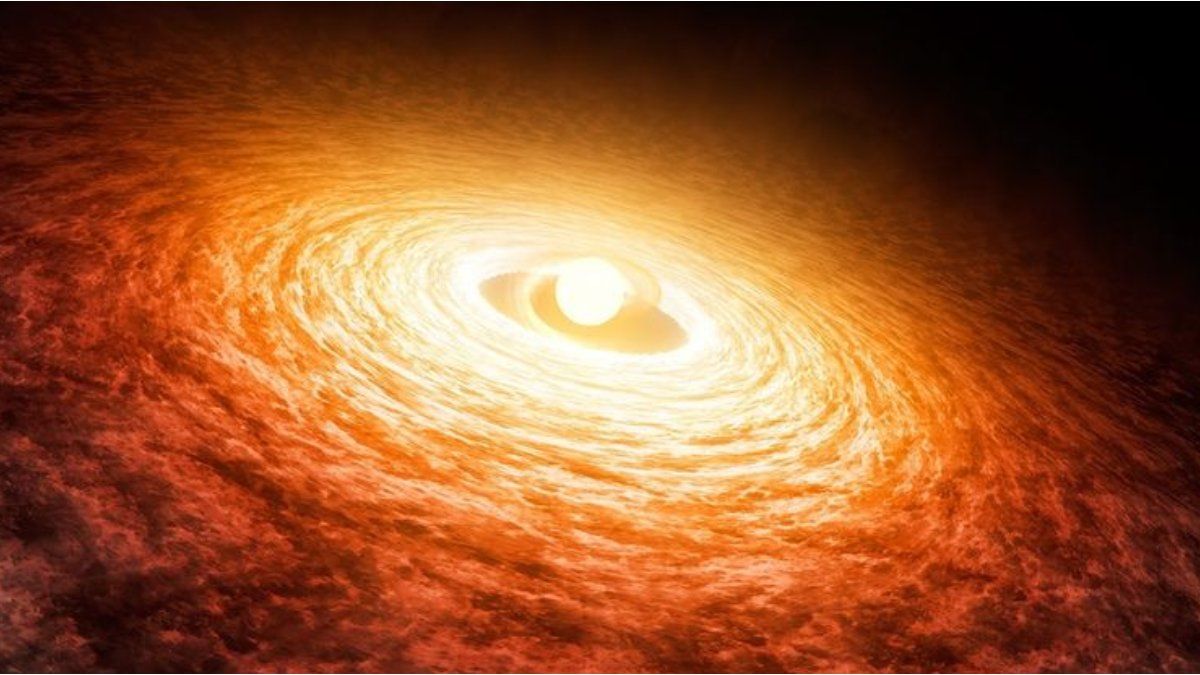The star FU Orionis has a scorching temperature of 16,000 kelvins, research has revealed. The experts used NASA’s Hubble space telescope and two spectrographs for the study.
A group of astronomers discovered through the space telescope Hubble of the POTa shocking revelation regarding the star FU Orionislocated 1,360 light years from Earth, which its temperature it’s almost three times greater than that of Sun.
The content you want to access is exclusive to subscribers.
The team led by Adolfo Carvalhoof the California Institute of Technology (Caltech) and lead author of the study, stated that “at FU Ori, the temperature is 16,000 kelvins. That temperature scorching “It’s almost double the amount that previous models had estimated.”


Part of the study, whose findings were published in The Astrophysical Journal Lettersconsists of analyzing the interaction that this star has and its accretion diskwhich has been feeding it with gas for almost 90 years.
Embed – https://publish.twitter.com/oembed?url=https://x.com/NASA_Marshall/status/1860730274461438261&partner=&hide_thread=false
Is the formation of a new planet possible?
The observations were made thanks to the ultraviolet capabilities NASA’s Hubble Space Telescope and instruments COS (spectograph of cosmic origins) and STIS (Space Telescope Imaging Spectrograph).
The planetary evolution It was one of the key points in the analysis that was obtained from the new information. Due to the high temperature FU Ori and its reactivity“in a couple of explosionsany planet forming very close to the star can move rapidly inward” and could “loseor at least completely drown, the rocky planets“.
However, the expectation of planetary life is not impossiblesince “if the planet is very away of the disk while it is forming, the explosions of a FU Ori object should influence the type of chemicals who will ultimately inherit the planet.”
What makes the star FU Ori unique
“We had the hope to validate the hottest part of the accretion disk model, to determine its maximum temperature, measuring closer than ever to the edge of the interior of the accretion disk“, said Lynne Hillenbrand from Caltech and co-author of the article.
FU Ori It is distinguished by being a class of young stars and eruptive that experience dramatic changes in their brightness. Due to the enormous mass relative to the central star, the accretion disks surrounding its objects are susceptible to the instability.
That feature means that the accretion rate of the mass can change drastically and upset the balance between the inner edge of the disk and the stellar magnetic field.
Source: Ambito
I am Pierce Boyd, a driven and ambitious professional working in the news industry. I have been writing for 24 Hours Worlds for over five years, specializing in sports section coverage. During my tenure at the publication, I have built an impressive portfolio of articles that has earned me a reputation as an experienced journalist and content creator.




